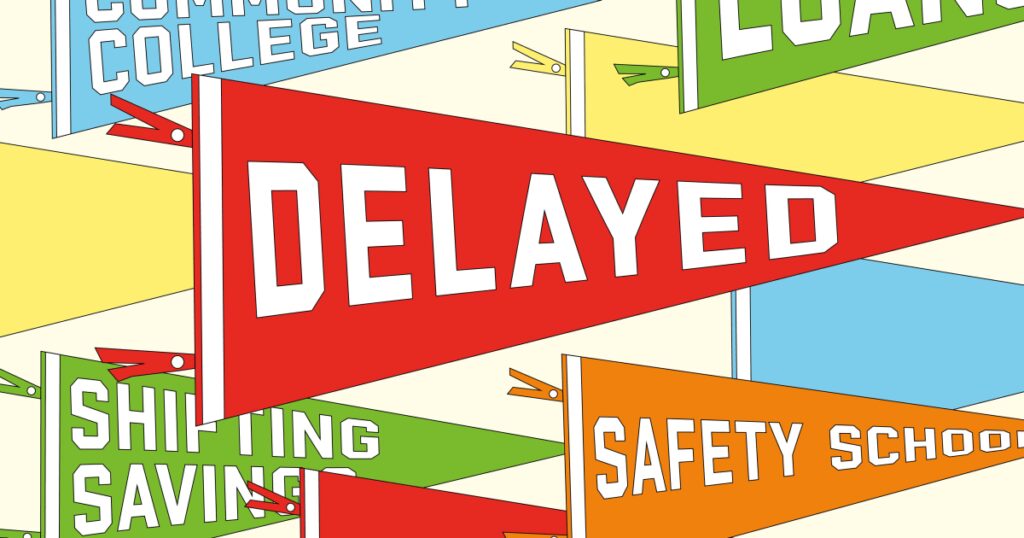Bricelyn Harrelson didn’t plan to spend six months applying to college.
The New Smyrna Beach, Florida, high school senior sent in seven applications starting last September and expected to know by now where she’d be enrolling this fall. Instead, she blasted out six fresh applications in the last two months — all to cheaper state universities.
Harrelson, 18, is one of millions of current and prospective college students whose application process has been derailed by the Free Application for Federal Student Aid’s botched overhaul this year. A series of glitches and formula errors — from its December launch to as recently as a week ago — has turned what was supposed to be a more streamlined process into a bureaucratic purgatory for applicants and admissions officers alike.
“I feel bad for the kids,” said Kerri Harrelson, Bricelyn’s mother. She said her daughter has heard back from all but two of her six latest schools, but that one of the ongoing FAFSA snags has held up potential need-based aid offers. “They started in high school with Covid, and now they’re going to start their college year with all this mess.”
FAFSA is a chokepoint for other forms of aid. Without knowing how much a student may get from the federal government, many schools and scholarship programs can’t put together offers of their own. Federal authorities say they’ll take a key step toward moving the process forward in mid-April.
While many students, like Harrelson, remain in holding patterns, others say they’ve already been forced into difficult decisions they hadn’t expected to make.
Moving money to pay tuition
Eyeing the FAFSA mess, Kelly Gainor decided to slash her 401(k) contributions almost in half this year to save money for tuition.
Her daughter, Kennedy, is still waiting for her federal aid information, but she’s already committed to her dream school, James Madison University in Harrisonburg, Virginia, to nail down campus housing. Without FAFSA, any potential…
Read the full article here





